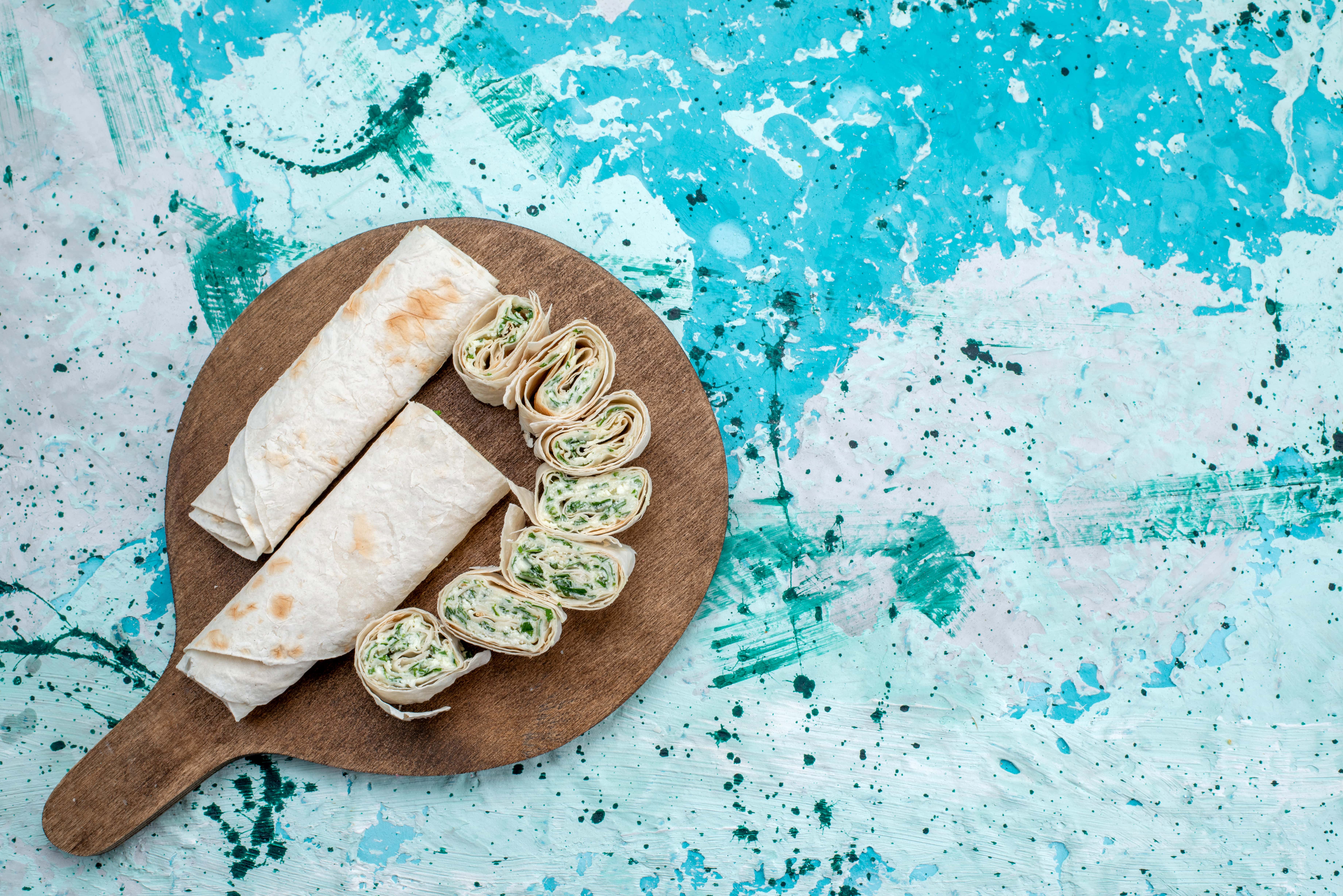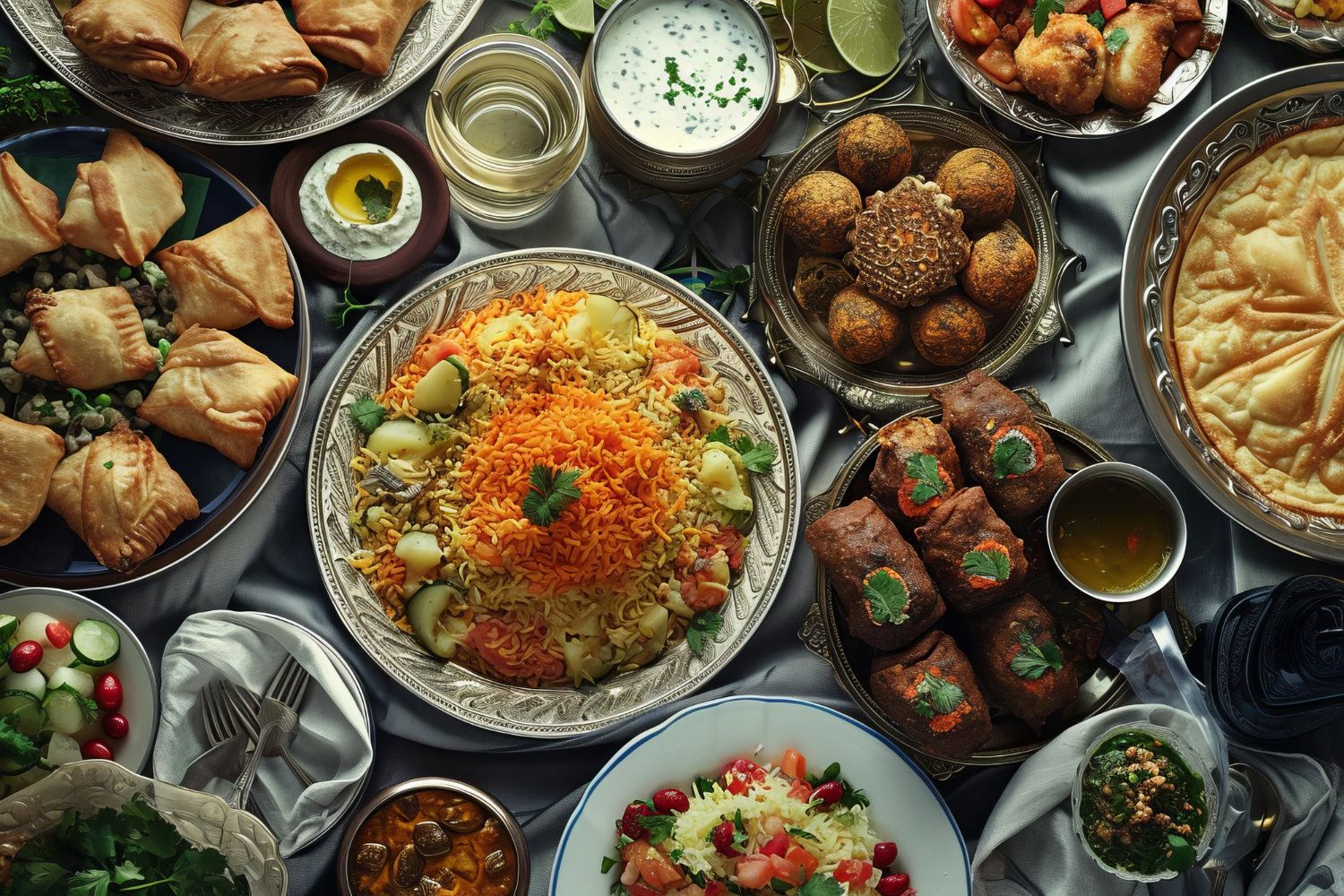Blog Posts & Blog Archives
All Blogs / food-and-taste
Shawarma’s Journey from the Ottoman Empire
Discover shawarma's rich history, from its Ottoman origins to its worldwide popularity, reflecting cultural fusion and culinary adaptation across generations.
Thursday, December 5, 2024
Shawarma’s Journey from the Ottoman Empire
Shawarma has become a beloved street food across the globe, known for its savory, spiced meat, tantalising aroma, and irresistible flavour combinations. Its history, however, is just as rich and fascinating as its taste. Shawarma’s journey begins in the Ottoman Empire, evolving and spreading through the Middle East, Europe, and eventually finding its way to nearly every corner of the world. This dish, deeply rooted in tradition and cultural exchange, exemplifies how food can transcend borders, adapting and blending into diverse cuisines along the way.
Origins of Shawarma
Shawarma’s origins trace back to the Ottoman Empire (1299–1922), a time when culinary practices and recipes flowed freely across the Empire’s vast territories. The name "shawarma" derives from the Turkish word çevirme, meaning "turning" or "spinning," which is a direct reference to the method of cooking meat on a vertical rotisserie. This method, combined with a blend of Middle Eastern spices, gave birth to a new approach to cooking meat that was tender, flavorful, and easily sliced into thin, juicy layers. At its core, the shawarma cooking style is quite similar to the Greek gyro and Mexican al pastor, reflecting the cultural exchanges facilitated by trade routes. The influence of Turkish rotisserie meat was not limited to shawarma but also inspired various meat-cooking traditions across different regions.
Shawarma’s Evolution Through the Middle East
As shawarma spread beyond Ottoman borders, each culture it encountered added its own unique twist. In Lebanon, for example, shawarma came to be prepared with spices like cinnamon, clove, and cardamom, giving it a distinct aroma and flavor profile. The Lebanese version of shawarma often includes a tahini or garlic sauce, pickled vegetables, and fresh herbs wrapped in a thin pita or flatbread. In Israel, shawarma took on yet another transformation, often served with amba (a tangy pickled mango sauce) and hummus. This regional adaptation underscores the way shawarma evolved from a simple meat dish into a versatile meal customised to local tastes and ingredients.
Shawarma in the Americas
In North America, shawarma gained popularity in the 1970s and 80s, largely due to Middle Eastern communities establishing restaurants and introducing the dish. Initially, it was mainly found in cities with large Middle Eastern populations, like New York, Los Angeles, and Montreal, but it eventually spread across the continent. In the U.S., shawarma was popularized further through its cameo in pop culture, such as its appearance in The Avengers, which brought wider recognition and curiosity for this Middle Eastern favorite. Shawarma shops have since sprung up across the country, each often adding a unique spin to appeal to American tastes by offering it with various toppings, sauces, and bread options.
In Latin America, shawarma found a unique adaptation in Mexico as tacos al pastor, which draws from Lebanese immigrants’ shawarma recipes combined with local Mexican flavors, such as pineapple and achiote. This adaptation is a perfect example of culinary fusion, blending Middle Eastern techniques with Mexican flavors to create something entirely new.
What Makes Shawarma So Special?
Shawarma’s lasting appeal lies in its versatility, rich flavors, and the cultural history embedded in each bite. The spices used in shawarma, such as cumin, cardamom, paprika, and cinnamon, contribute to its depth and complexity. The cooking method—slowly roasting on a vertical rotisserie—ensures that each slice is juicy and full of flavor, with a slight crispiness on the outside.
Shawarma is also highly adaptable. Whether it’s made with chicken, beef, lamb, or even vegetarian substitutes, shawarma is a dish that caters to a wide range of dietary preferences and regional tastes. Its ability to blend with diverse ingredients and flavors has allowed it to flourish across different cuisines and cultures.
Shawarma Today: A Global Culinary Icon
Today, shawarma is more than just a dish—it’s a global phenomenon and a symbol of cultural exchange and adaptation. From the bustling streets of Istanbul to the vibrant avenues of New York City, shawarma is enjoyed in countless forms. Each region has its own take, whether it’s the traditional Middle Eastern version served with tahini and pickled vegetables, the German döner with fresh salad and yogurt sauce, or the Mexican tacos al pastor topped with pineapple and salsa.
Restaurants and food trucks worldwide are embracing shawarma as part of a growing interest in Middle Eastern cuisine, reflecting a desire for foods that are both flavorful and culturally significant. Shawarma has become a representation of how food can unite people across borders, bringing a taste of the Ottoman Empire to plates around the world.
Conclusion:
Shawarma’s journey from the Ottoman Empire to a globally beloved street food illustrates the power of culinary tradition and adaptation. Its history speaks to the fusion of flavours and cultures, the shared human love for good food, and the ways in which dishes evolve as they travel. Shawarma’s timeless appeal lies in its simplicity and its ability to bring people together, celebrating both the familiar and the exotic in every bite. The next time you savour a shawarma, you’re tasting a slice of history that has journeyed across empires, regions, and generations, evolving into a dish cherished by millions around the world.
Related Blogs
Top 7 Smart Healthy Eating Hacks for Busy Professionals in 2024
By reading this article, you will discover easy and practical eating hacks for busy professionals. Stay smart, stay healthy in 2024.
By WelinkJobs | Saturday, February 17, 2024
7 Best Pakistani Foods That You Should Try in Life At Least Once
Discover the 7 best Pakistani foods that you must once in your life, from spicy Sindhi biryani to sweet zarda. Get a taste of Pakistan's unique and delicious di
By WelinkJobs | Friday, April 12, 2024



